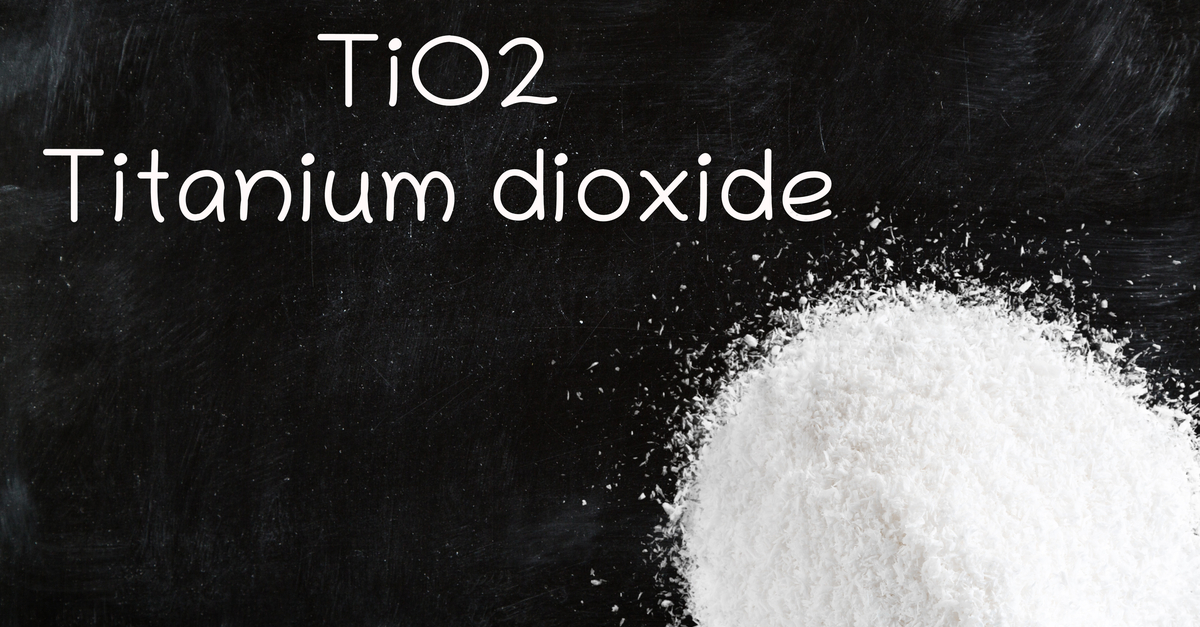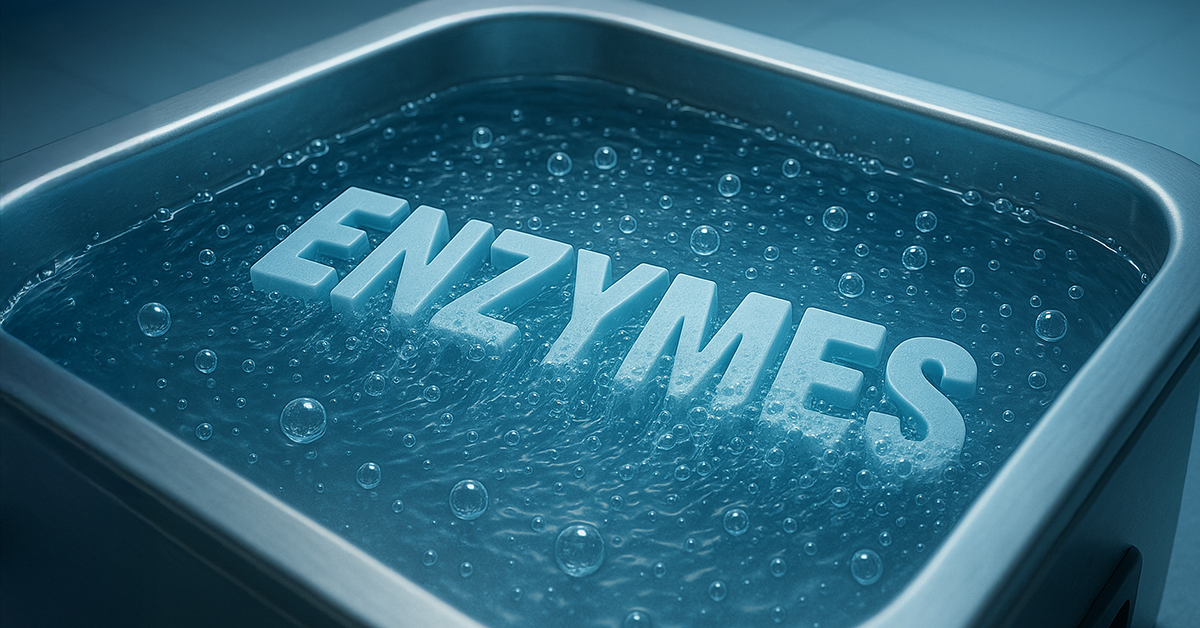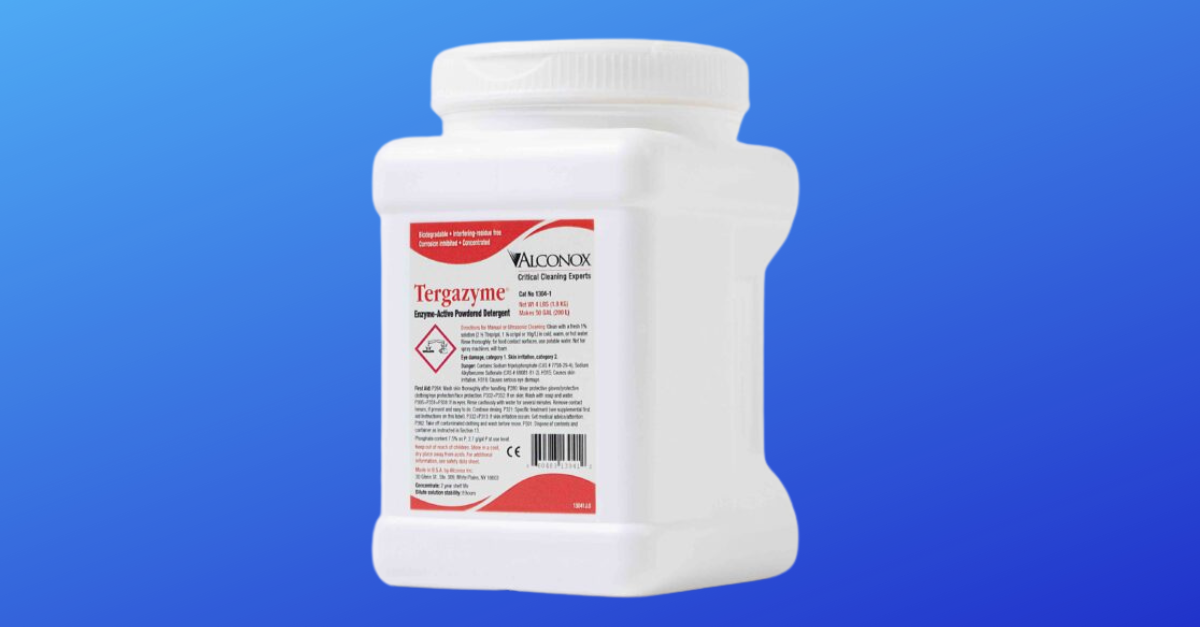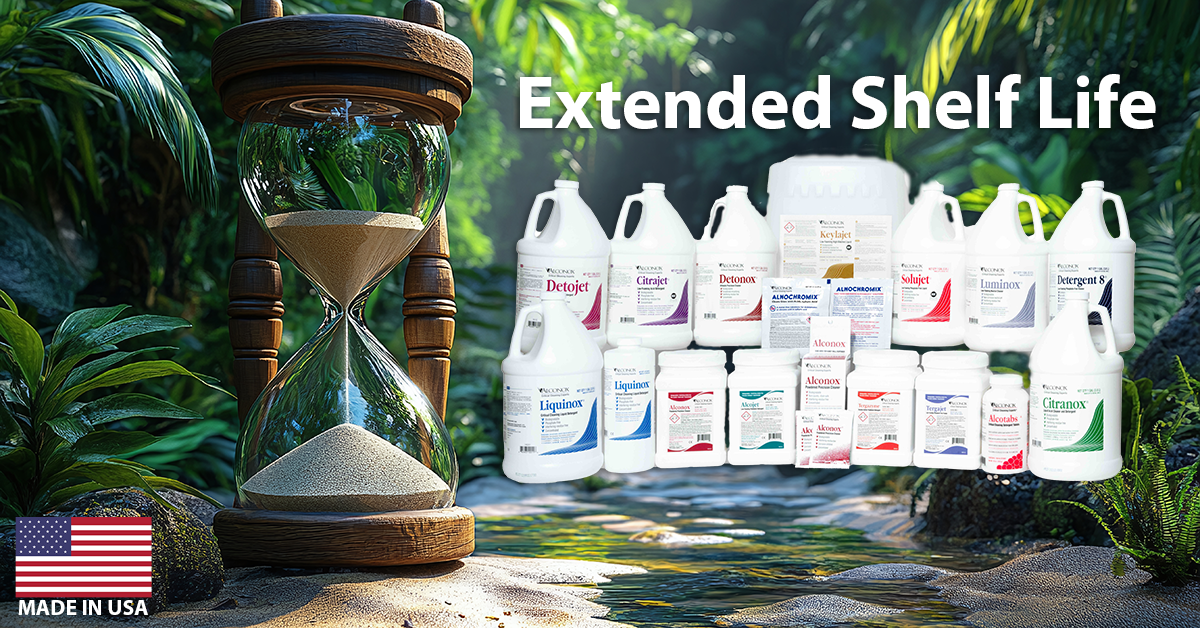
Q: We are having trouble removing TiO2 from our stainless tank using our CIP system, no matter how much cleaner or temperature elevation we use. Can you please advise?
A: Titanium dioxide (TiO2) is used as a pigment and pearlescent ingredient in many pharmaceutical, cosmetic, and personal care tablets, creams, lotions, sunscreens, etc. When heated and mixed in stainless steel manufacturing equipment, titanium dioxide can form titanate salts that are very difficult to remove from stainless steel. Contrary to conventional CIP cleaning wisdom, you do not want to clean titanium dioxide using hot solutions of cleaner because this can make the titanate formation worse. Titanates are white, filmy, very difficult to remove residues. To remove titanium dioxide, try to minimize any exposure to heat to minimize titanate formation during manufacturing and blending. (With most other residues, heat expedites cleaning.)
In short, residual titanium dioxide TiO2 can certainly pose issues due to it’s nature in the presence of heat. (Note that zinc oxide – ZnO – also follows a similar cleaning profile and recommendation strategy.)
To remove TiO2 (or ZnO) from tanks using Clean-In-Place (CIP) sprayballs, we recommend use of a 2-5% Keylajet® Low-foaming High Alkaline Liquid (20-50 mL/L) or a 5% Solujet® Low-Foaming Phosphate-Free Liquid solution (50 mL/L) that is not hot (no hotter than 25 deg C). Hot cleaning temperatures will cause TiO2 to form very difficult to clean titanates.
Please note that one of our very newest cleaners, the aforementioned Keylajet detergent has been shown to be potent enough, in some applications, to remove both the titanium dioxide and the titanate formation (zinc oxide and zincate formation as well). This of course will vary based on the amount of residual TiO2 left behind, other ingredients, CIP cycle details, etc. Consequently, as always, engineering trials to optimize detergent concentration, CIP cycle temperatures, flow rates and the like are very highly recommended.
Recommended flow rates will be a matter of engineering specifications (tank size, piping diameters, surface area, etc.) to ensure adequate coverage of all surfaces of the tank. As a possible suggested starting point, mixers, tanks and blenders can be cleaned using 25-30 liters/minute of flow rate per 1 meter of circumference of a round tank. Piping systems should be cleaned with flow rates of 1.5 m/s in the largest diameter section of piping of a CIP circuit. Again, these are suggested possible starting points to optimize your automated cleaning procedure.
Testing should be done to confirm that all surfaces and parts of a mixer are contacted by the spray from the sprayballs. One method is to coat the inside of all surfaces of a tank with Riboflavin. Clean with water. Then use a black light to detect any remaining Riboflavin to confirm that the spray balls are correctly positioned and that the flow rates are adequate.
If manual TiO2 cleaning is warranted, where there has not been gross titanate residue formation, many have found success with buckets and brushes using cool/ambient temperature 3-5% Detonox® Ultimate Precision Cleaner (30-50 mL/L). The Detonox detergent is another new potent product specifically for highly difficult residues.
We are happy to discuss your specific titanium dioxide (and/or zinc oxide) application, or any application, any time!
To request these or any Alconox Inc. detergents for free, please complete the questionnaire at Get Sample. For more information about any one of our Alconox Inc. detergents, consult the technical bulletin for each product. Or click here to access each of our detergent’s Safety Data Sheets.
Do you have a critical cleaning question for the experts at Alconox Inc.? Search TechNotes to see if it’s been answered before or Ask Alconox.
Contact us any time: cleaning@alconox.com



